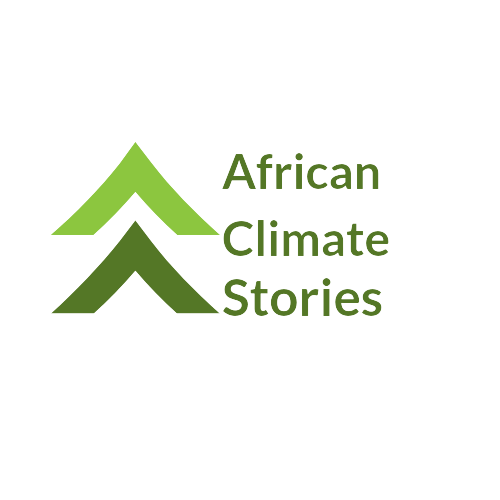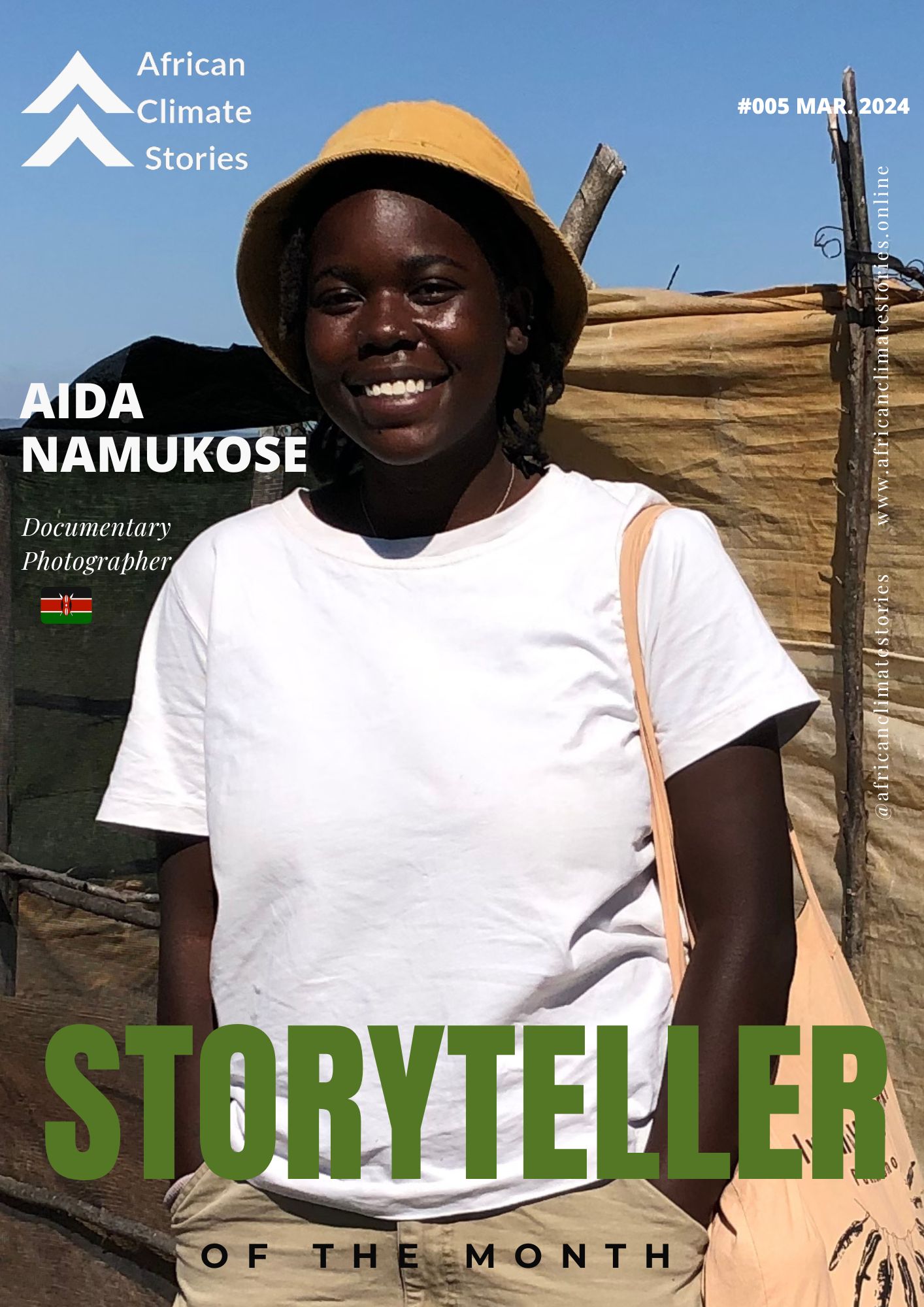Who is Aida Namukose?
Aida Namukose is a freelance photographer and eco-feminist from Uganda. She is passionate about human rights for all, nature based living and an imperialist free Africa.
What personal experiences sparked your passion for telling climate related stories?
Without realising it, I think the experience of simply growing up in Uganda developed a passion in me for the environment that eventually translated into telling climate related stories. I grew up next to the river Nile and witnessed all the abundant agricultural activity that takes place here. Consequently, I also experienced the far reaching effects that a changing climate has on the landscape and people, most especially the women.
Having a gift for photography, this became my medium of communicating some of these experiences.
How does photography effectively communicate the urgency of climate and environmental problems?
To me, photography acts as an archive. It helps us compare changes in landscapes and the environments over time, as well as human relationship to it. Currently, photography is a tool that can be used to document remote and typically “off the map’ stories, putting together a more comprehensive picture of climate change.

I believe that connecting and truly resonating with the people/landscapes one is planning to photograph is a good start. That way, you can bring out their own unique story and experience with climate change that will resonate with audiences as rich and authentic. –
Aida Namukose
What was it like telling the stories of women working in the Ugandan food industry, and how climate change affects thier lives and work?
I started doing this work quite young, and thus it was not the easiest of experiences; approaching strangers and having to navigate an age or language barrier sometimes. However, it was also an adventurous experiences that allowed me access to certain rural ugandan settings I might not have visited otherwise. I also got to connect with warm and interesting women who were willing to share with me their stories.
Why do you think the transitioning from a freelance photographer to a climate documentary photographer was easy for you?
My transition was a lucky one; through a photo submitted to a competition, I was initially working under Climate Generate, a research project on gender and climate change in urban areas in Uganda. I had the guidance of one of the researchers and eventually got to join a class hosted by FOTEA and UPPA that allowed us to develop more climate stories as a cohort (I loved working as a group with other ugandan photographers and also appreciated and needed the paid opportunity).
What photography storytelling techniques do you find most impactful in engaging your audience on climate and environmental issues?
I think it’s important to really bring a setting to life for the viewer; through the use of color, composition, subject etc. This draws their attention and makes them more likely to care about the place and the story. I also think good writing (for captions and context) goes hand in hand perfectly with photography for informing audiences on climate and environmental issues.

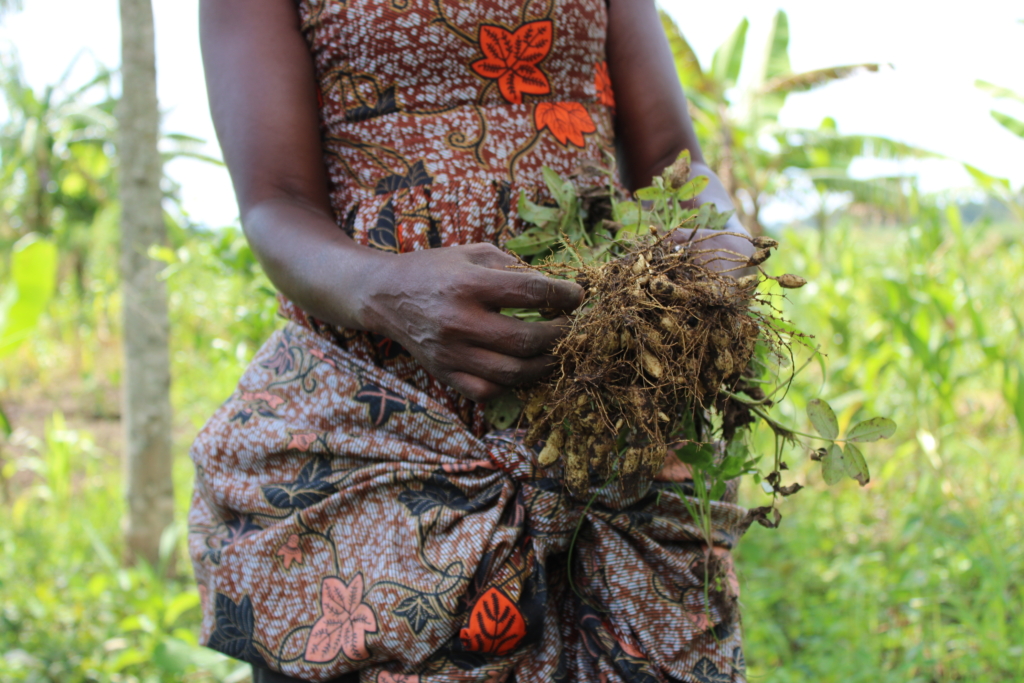
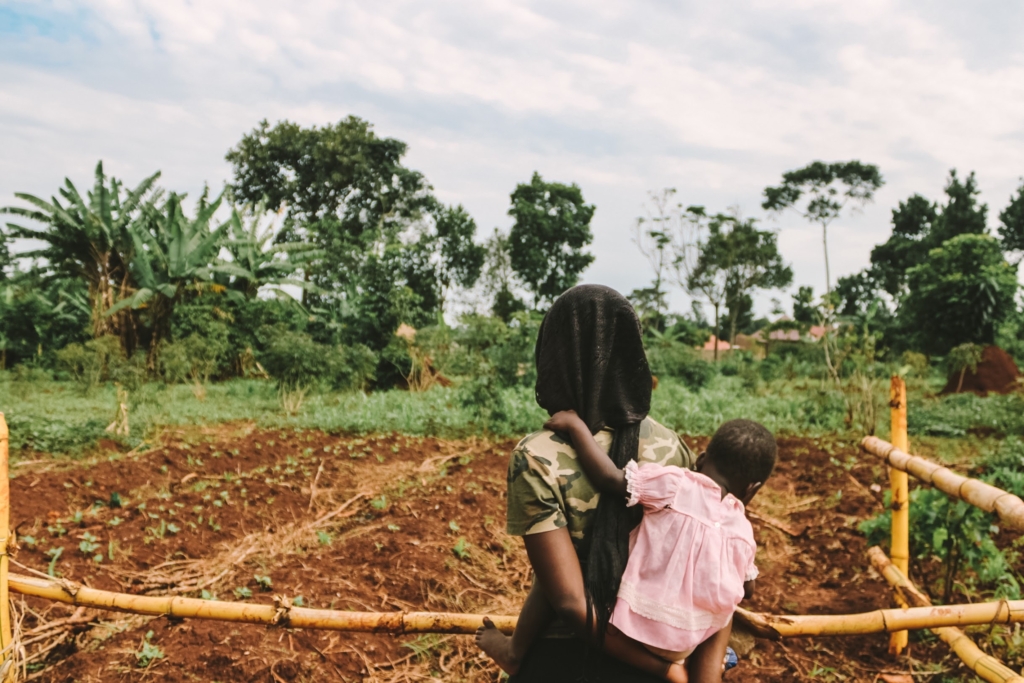
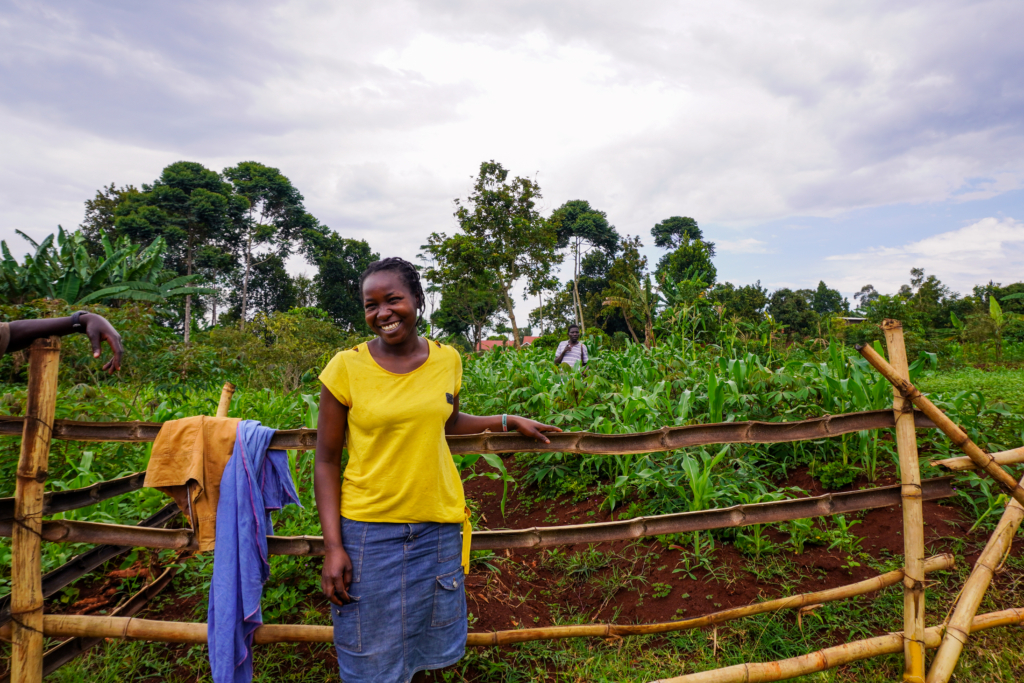


How do you balance conveying the severity of climate and environmental problem with inspiring hope and action in your photography?
Thankfully, I have mostly focused on solutions based stories with themes of hope and community/individual resilience. I believe it is important to convey the severity of the status quo with photography, and there is also a need for hopeful and inspiring stories.
Can you share a success story where your storytelling efforts led to positive change or increased awareness?
I can’t speak confidently to any positive change my storytelling efforts have had but in 2023 I was exhibited in the Guggenheim Musuem through The World Around Young Climate Prize and having such a global and diverse audience for my work was flattering and inspiring.
Additionally, through my fellowship with Girl Rising I got to work on different stories such as that of Mercy Wanjiku in Nanyuki region, allowing me to document and broadcast grassroots efforts in the climate fight. Creating a media portfolio for them which could aid in funding and scaling.
What advice do you have for others looking to use documentary photography as a tool for climate and environmental advocacy?
Just get out there and practice/start. The path appears as you start to walk down it. If this is something that resonates with you, I encourage you to embrace it actively and wholeheartedly as photography is an excellent tool for documentation and creative expression.

How do you navigate communicating complex concepts like climate change in a way that resonates with a broad audience using photography?
I believe that connecting and truly resonating with the people/landscapes one is planning to photograph is a good start. That way, you can bring out their own unique story and experience with climate change that will resonate with audiences as rich and authentic.
What role do diverse voices and perspectives play in effective communication of environmental issues?
Diverse voices and perspectives are necessary for creating a holistic and broad picture of environmental issues. Environmental issues can be approached from many different angles and lenses; financial, indigenous, agricultural, spiritual etc. In order to capture all these layers we need different people from different places with varying worldviews all engaged in storytelling.
How do you personally cope with the emotional toll of engaging with diverse environmental challenges in your storytelling?
Honestly, I am unfortunately accustomed to the status quo of society and how women tend to carry extra burdens with social issues. So it’s not shocking to me, though it can be disheartening to interact upclose with these problems and not have the capacity to fix them immediately. As a storyteller, we have to make peace with the fact that our contribution is that of our art, and it counts for something.
Additionally, I try to approach my creative work with a spirit of radical hope and belief that this world can change for the better. Believing that what I do helps shape a more inclusive and informed continent, despite the environmental challenges that are currently upfront.
What advice do you have for young people who want to venture into environmental and climate change advocacy using documentary photography?
(for fear of repeating myself), just get out there and start. With whatever equipment and stories you have access to, try it out and grow as you go. YouTube is an amazing resource for any knowledge gaps you might face. I think documentary photography is a worthwhile and important path for environmental and climate change advocacy (though I’m biased) and would be happy to see more African youth joining the train and becoming creative advocates.
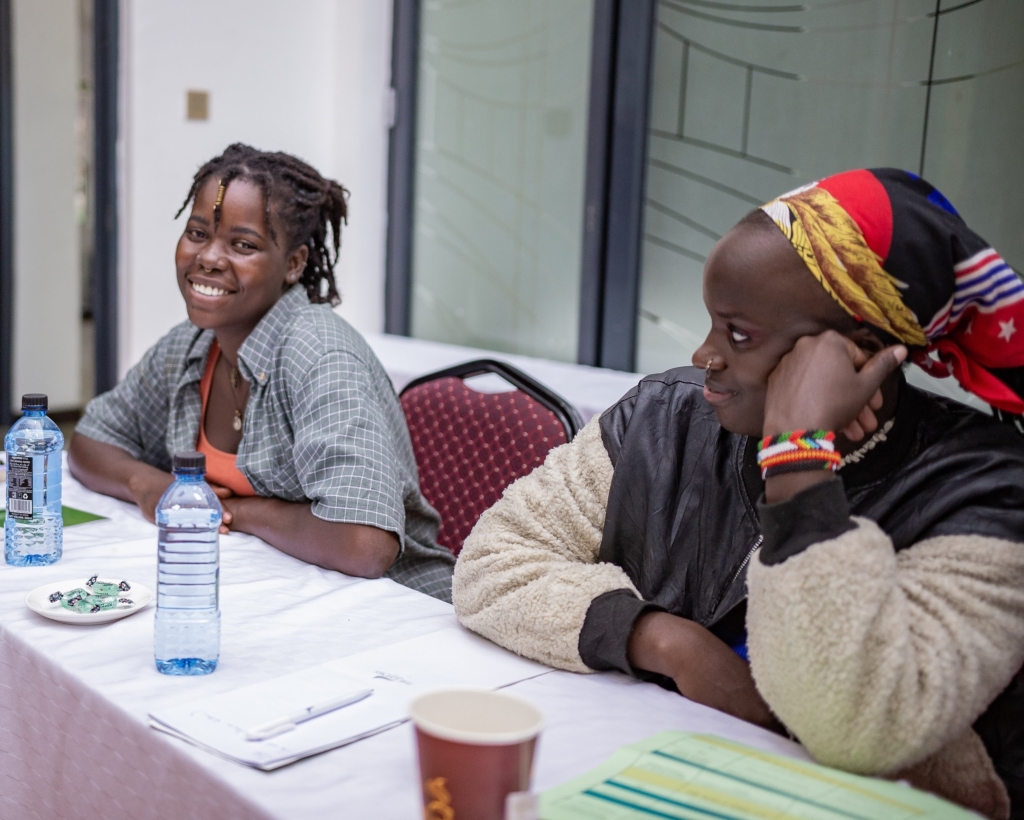
We hope you enjoyed this piece.
If you will like to be featured as one of our Climate Storyteller’s of the month? Kindly use this link to indicate interest or share with friends who qualify: African Climate Stories – Storyteller of the Month.
